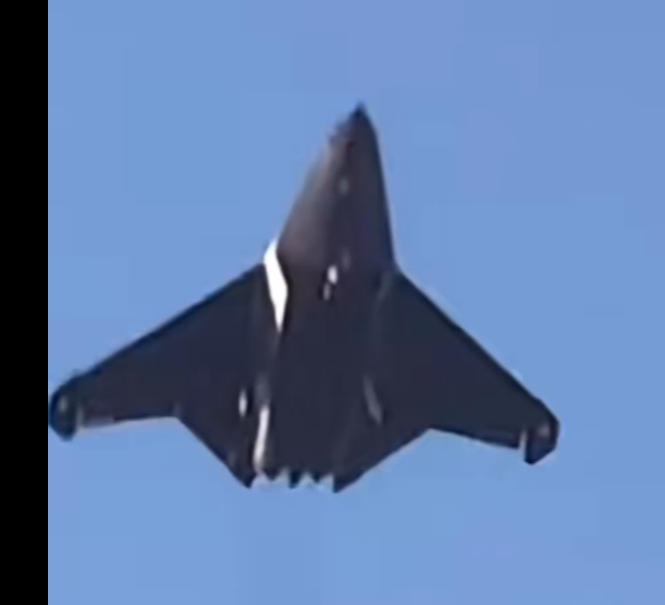SOURCE: AFI


In an astonishing development in the field of military aviation, China has revealed not one but two pioneering next-generation stealth combat aircraft designs within a mere 24-hour period. Both aircraft, which have recently emerged from secrecy, are currently in the initial stages of flight testing, signaling a significant leap in Chinese aerospace technology.
The first of these revolutionary designs comes from Chengdu Aircraft Corporation (CAC), known for producing the J-10 multirole medium fighter and the heavy J-20 stealth fighter. This aircraft features a modified diamond-delta wing planform, which includes extended wing-root “chines,” enhancing its aerodynamic and stealth capabilities. This design is believed to house a tri-engine configuration, a choice that suggests ambitions for high performance, potentially including supercruise capabilities, and extensive range.
The second aircraft, reportedly from Shenyang Aircraft Corporation (SAC), contrasts in design and purpose. SAC, which has been pivotal in the development of the Flanker multirole fighter family and the J-35 medium-weight stealth fighters, has introduced a jet with a sharply swept wing, resembling a “lambda” wing profile. This configuration results in distinctive triangular-shaped trailing-edge extensions that taper back from the wing’s midpoint, extending beyond the engine exhausts. Unlike the Chengdu model, this Shenyang jet opts for a more conventional twin-engine setup, aligning with its somewhat smaller size but still emphasizing stealth through the use of diverterless supersonic inlet (DSI) intakes. These intakes are noted for their angular shape, positioned on either side of the forward fuselage, just below the wing roots.
Both aircraft notably lack traditional vertical and horizontal tail structures, a move consistent with trends in stealth design to minimize radar cross-sections from various angles. This tailless approach not only contributes to the aircraft’s stealth profile but also aims to improve aerodynamic efficiency, potentially allowing for better high-speed performance and maneuverability.
The sudden emergence of these prototypes underscores China’s aggressive push in aerospace technology, aiming to match or surpass Western advancements in military aviation. The choice of testing these designs in daylight suggests a strategic display of technological prowess, potentially aimed at both domestic audiences and international observers.
While specifics about the operational capabilities, exact range, and armament of these new jets remain under wraps, the very existence of these test flights indicates that China is on the cusp of introducing a new era in its air combat capabilities. The designs’ focus on stealth, combined with their novel aerodynamic features, could significantly alter the strategic balance in air warfare, particularly in regions like the Asia-Pacific where China’s military presence is increasingly assertive.